TDEE Calculator
Define your goal and visualize your progress.
Maintenance Calories (TDEE)
0 kcal/dayYour Caloric Goal
0 kcal/dayWeight Projection over 90 days
In 30 Days
0 kgIn 60 Days
0 kgIn 90 Days
0 kgMaintenance Breakdown
Download Lean to track your daily TDEE and effectively track your calories.
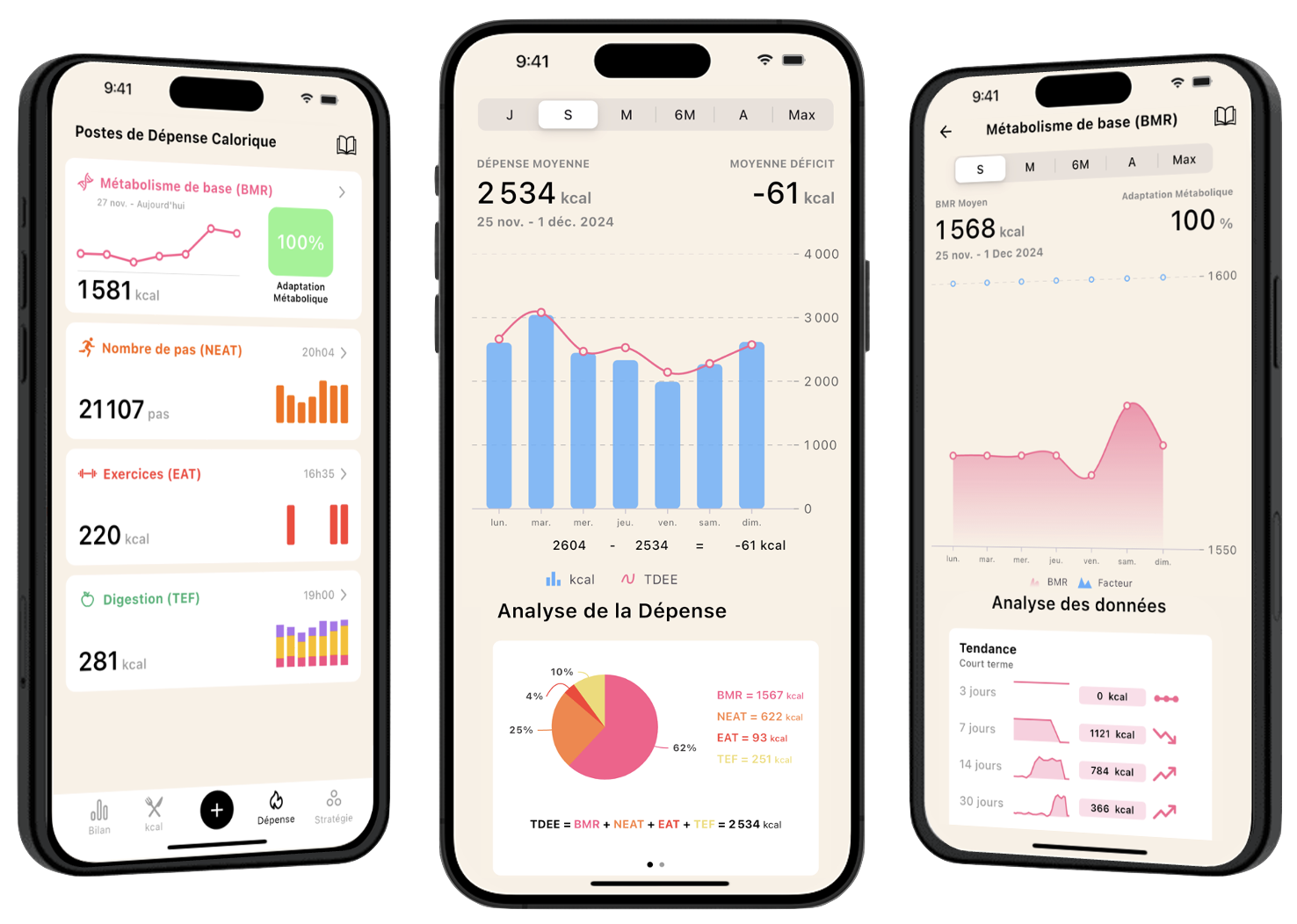
Macronutrient Breakdown
Based on your caloric goal
Low Carb
40% P / 40% F / 20% C
- Protein 0 g
- Fats 0 g
- Carbs 0 g
Moderate Carb
30% P / 35% F / 35% C
- Protein 0 g
- Fats 0 g
- Carbs 0 g
High Carb
30% P / 20% F / 50% C
- Protein 0 g
- Fats 0 g
- Carbs 0 g
Body Statistics
Ideal Weight
Based on popular formulas, this is the healthy weight range for your height. It’s a general guide and doesn’t account for individual body composition.
0 kg
Healthy weight range
BMI Score
Body Mass Index (BMI) is a simple indicator of weight relative to height. It doesn’t distinguish between fat and muscle, so it may be less accurate for athletic individuals.
0.0
N/A
- < 18.5 Underweight
- 18.5 – 24.9 Normal
- 25.0 – 29.9 Overweight
- > 30.0 Obese
Muscular Potential
This estimates your maximum natural lean body mass based on your height. The values below show the total body weight you would have at that peak muscularity with different body fat levels.
0 kg
Maximum Lean Body Mass
Calorie Tracking Tools
1. Food Database
- Ease of Use
- Availability
- Accuracy
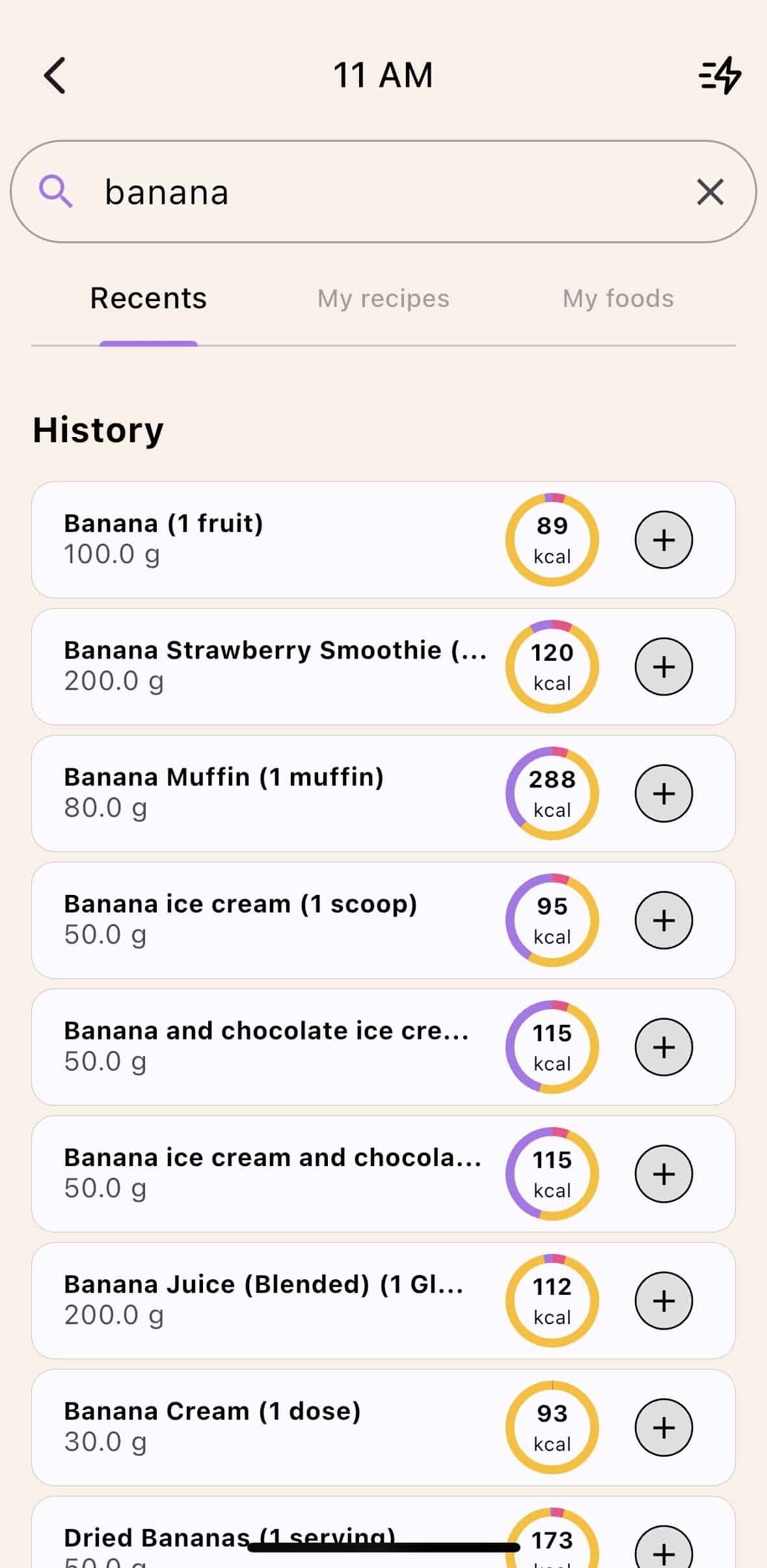
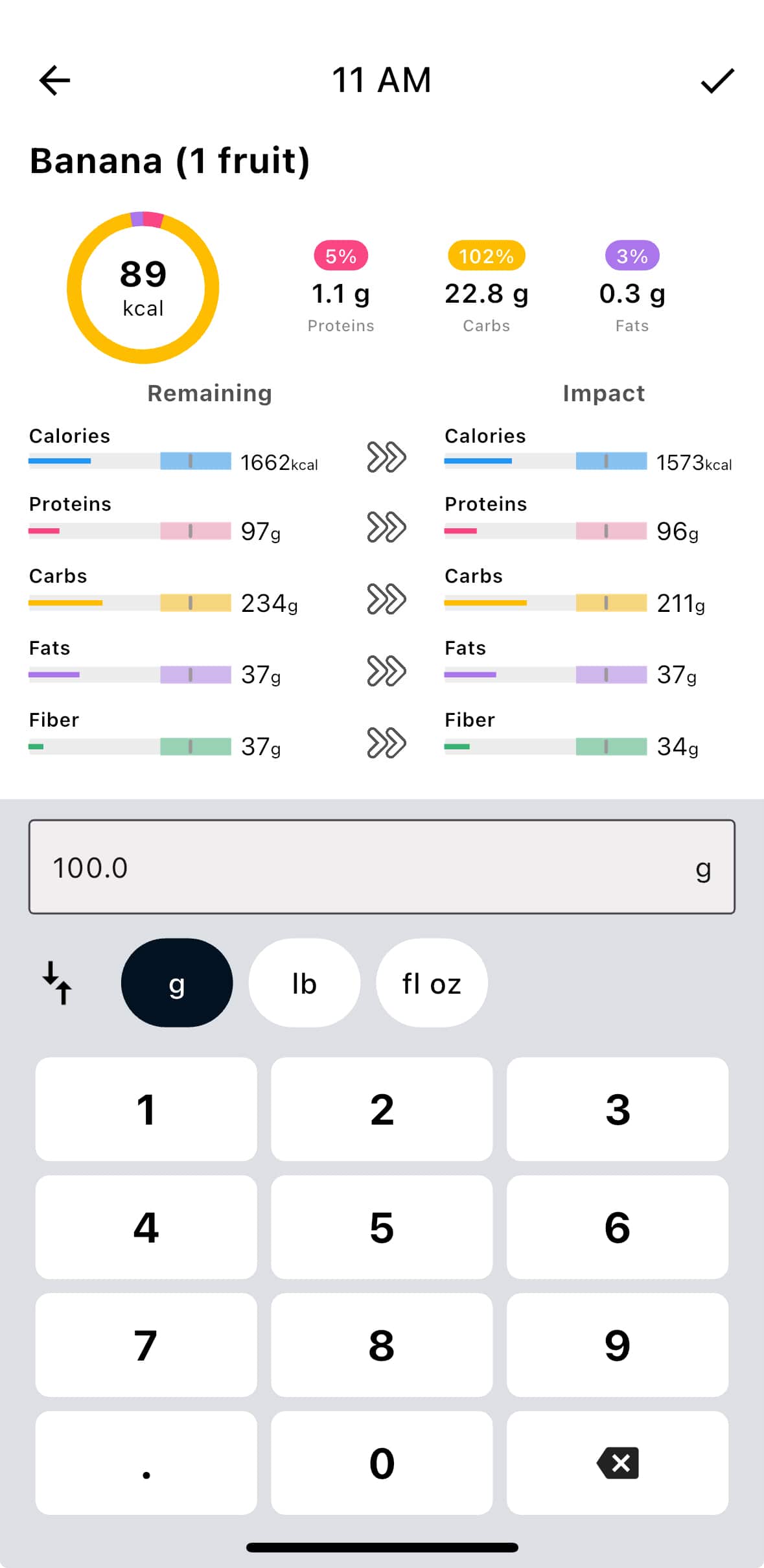
2. Barcode Scan
- Ease of Use
- Availability
- Accuracy

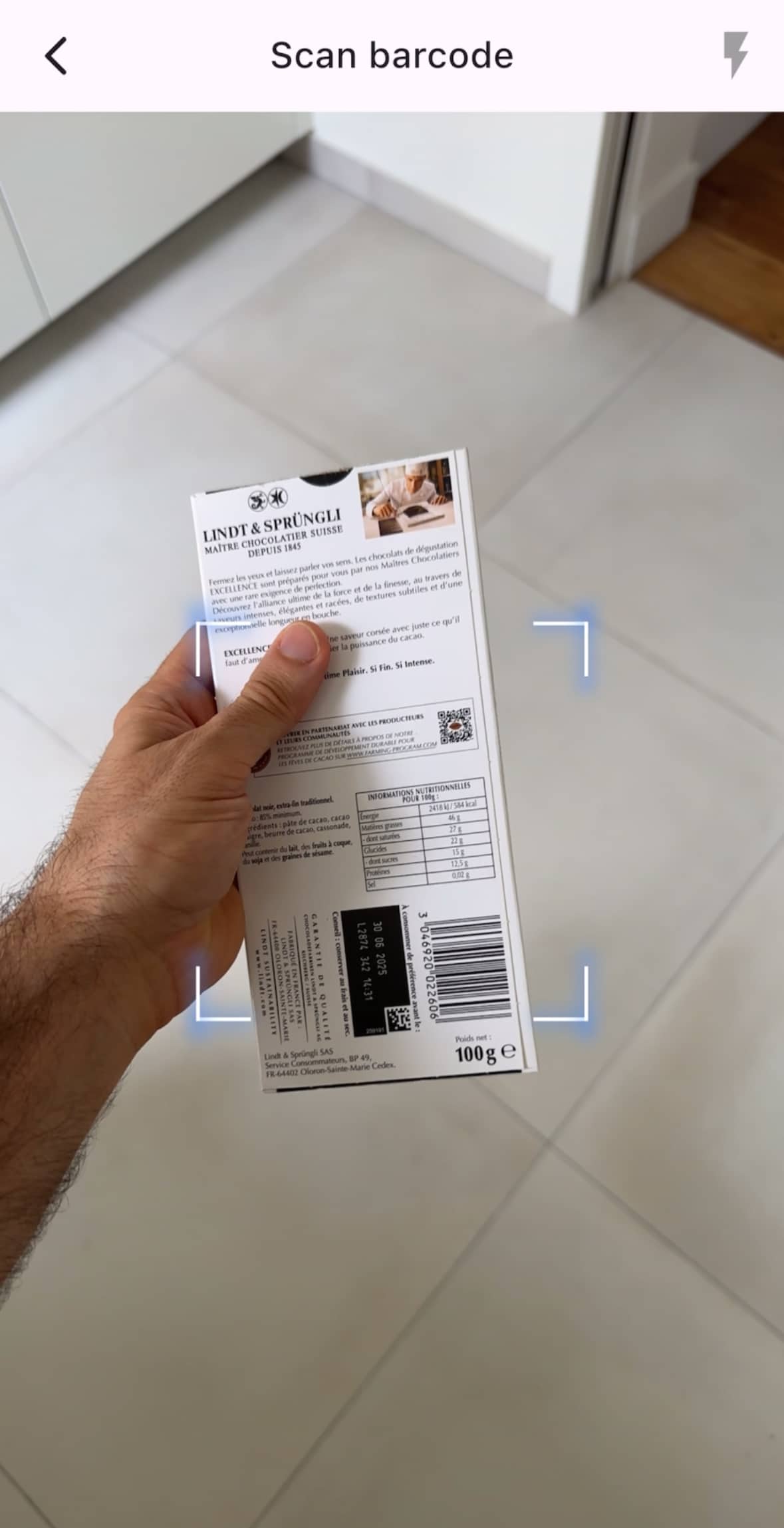
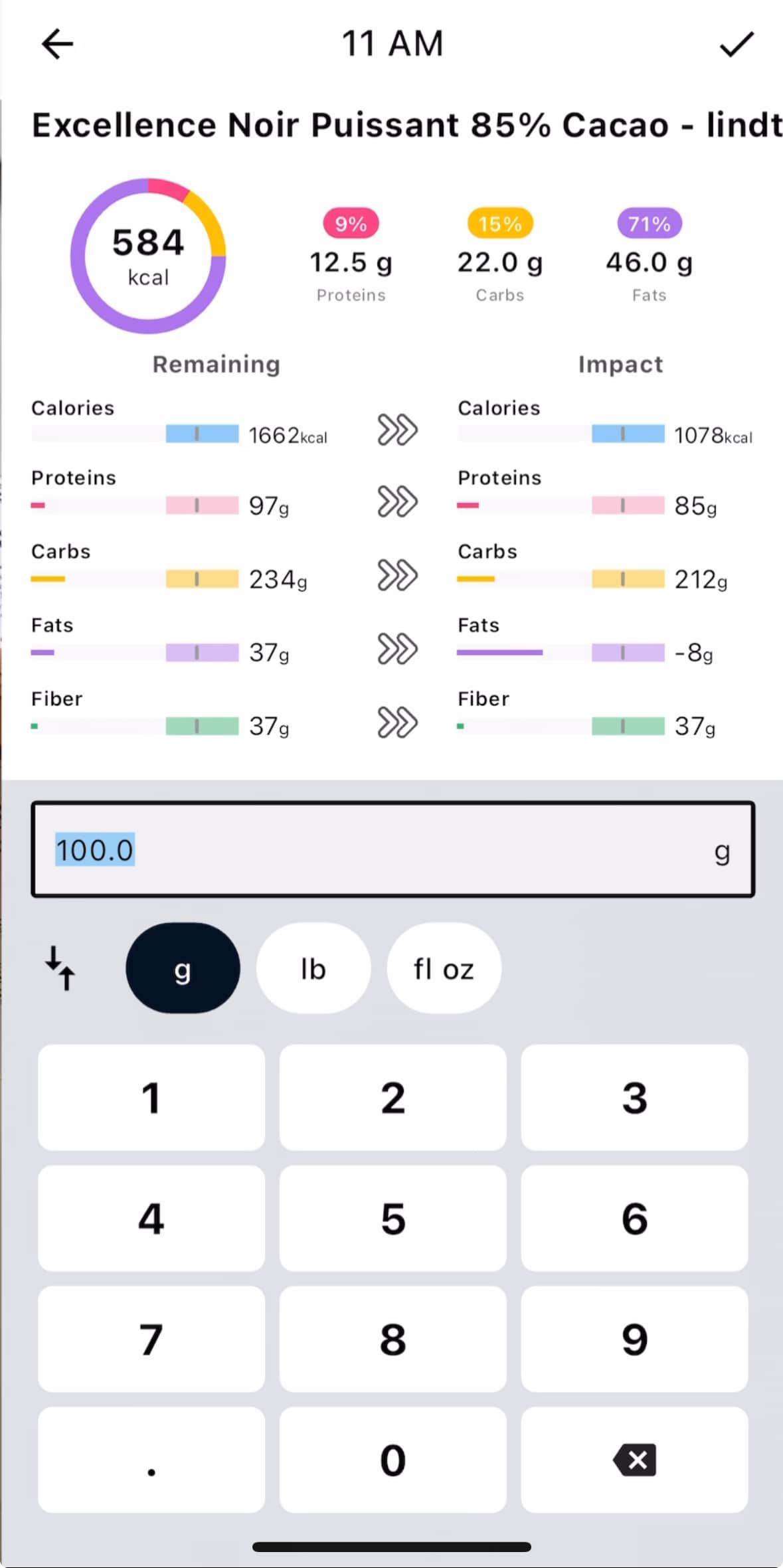
3. AI Food Scan
- Ease of Use
- Availability
- Accuracy


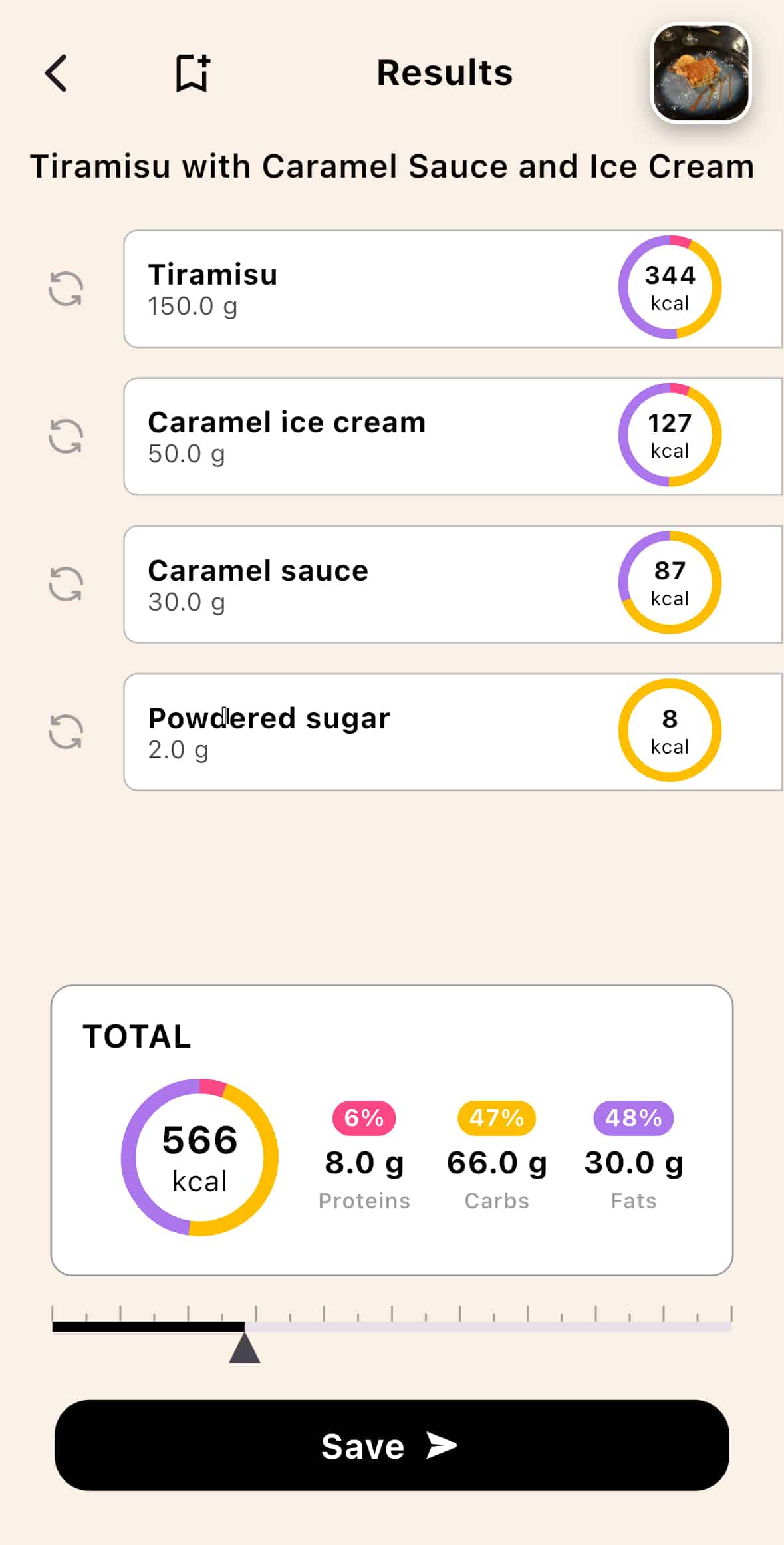
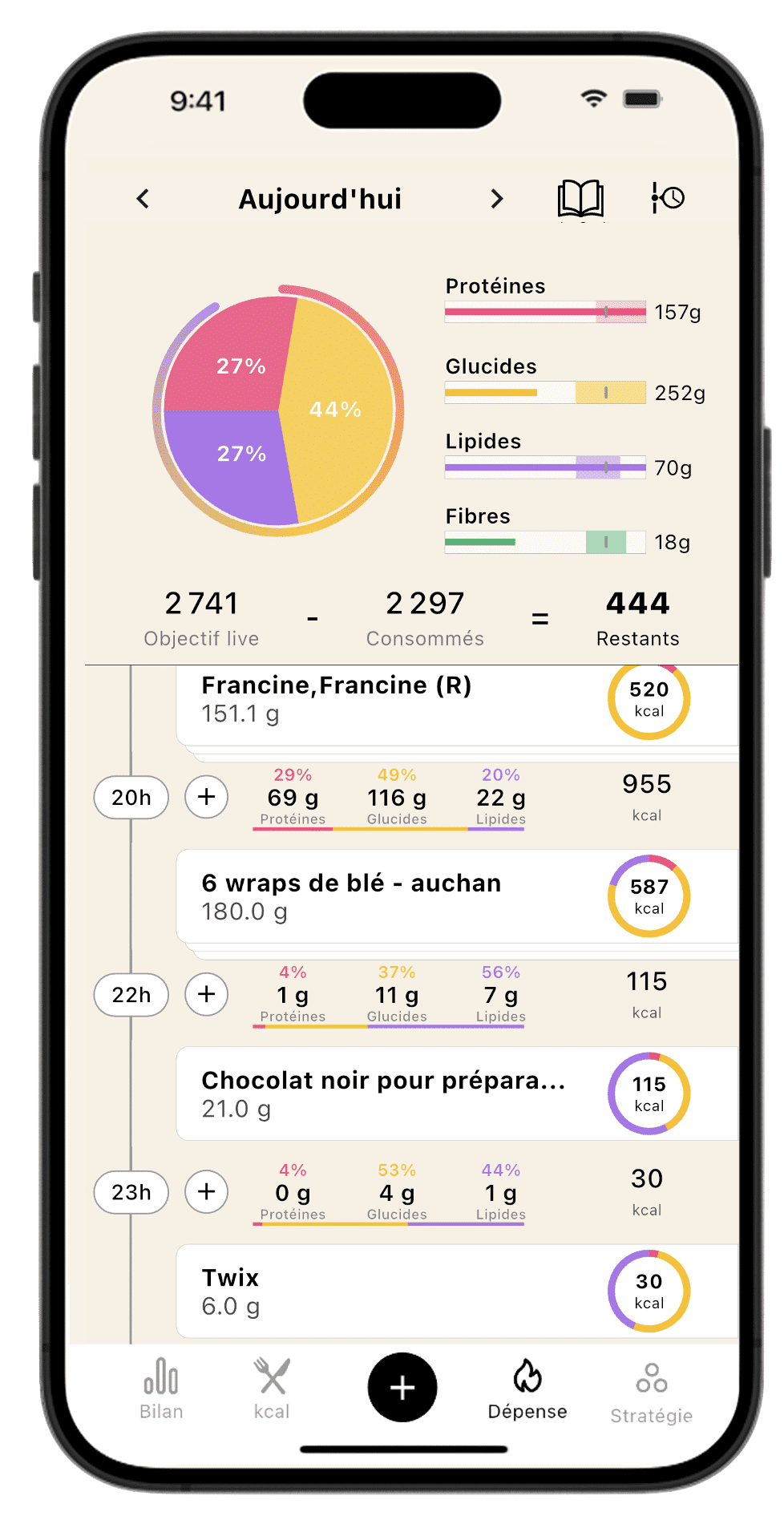
The best tool to track your calories?
Download Lean and combine these three methods depending on the situation.

Understanding Your TDEE: The Ultimate Guide
Navigating the world of fitness and nutrition can be complex, but understanding your Total Daily Energy Expenditure (TDEE) is the most crucial first step. A TDEE calculator is a powerful tool that demystifies this process, providing a clear, science-backed starting point for any weight management goal. This guide will walk you through everything you need to know about TDEE and how to use this calculator effectively.
What is TDEE?
TDEE stands for Total Daily Energy Expenditure. It represents the total number of calories your body burns in a 24-hour period. This isn’t just about exercise; it’s a comprehensive measure that includes all bodily functions, from breathing and thinking to walking and working out. Knowing your TDEE means knowing exactly how many calories your body needs to maintain its current weight. This number is the foundation upon which all effective diet plans are built.
The Four Components of Your TDEE
Your TDEE is not a single number but a sum of four key components:
- Basal Metabolic Rate (BMR): This is the energy your body uses at complete rest to perform vital functions like breathing, circulating blood, and regulating body temperature. It’s the largest portion of your TDEE. Our tool uses the accurate Katch-McArdle formula, which requires body fat percentage, making it a more precise BMR calculator than those relying only on weight and height.
- Non-Exercise Activity Thermogenesis (NEAT): This includes all the calories burned from activities that aren’t formal exercise, such as walking to your car, typing, fidgeting, or doing chores. Daily steps are a great way to measure and increase your NEAT.
- Exercise Activity Thermogenesis (EAT): This is the energy expended during planned physical activities like running, weightlifting, or playing sports.
- Thermic Effect of Food (TEF): Your body uses energy to digest, absorb, and metabolize the food you eat. This accounts for about 10% of your daily calorie intake.
How to Use a TDEE Calculator to Lose Weight
To lose weight, you need to be in a calorie deficit. This means consuming fewer calories than your TDEE. A calorie deficit calculator is essentially a TDEE calculator used for this specific purpose. Once you know your maintenance TDEE, you can create a sustainable deficit. For example, a deficit of 500 calories per day typically leads to a loss of about 1 pound (0.45 kg) per week. Our TDEE calculator to lose weight allows you to set this deficit precisely and projects your progress over time.
BMR vs. TDEE: What’s the Difference?
It’s common to confuse BMR and TDEE. Think of it this way: your BMR is your body’s « idle » energy cost, while your TDEE is the total cost including all your daily activities. You should never eat below your BMR, as this can negatively impact your metabolism and health. Your TDEE is the practical number you should use to plan your diet.
Calculating Your Macros from Your TDEE
Once you have your target calorie intake from the TDEE calculator, the next step is to determine your macronutrient split (protein, fats, and carbs). A good macro calculator uses your TDEE as the starting point. Our tool provides three common diet plans—Low Carb, Moderate Carb, and High Carb—to help you find a balance that suits your lifestyle and preferences, ensuring you’re not just hitting a calorie number, but also fueling your body effectively.
